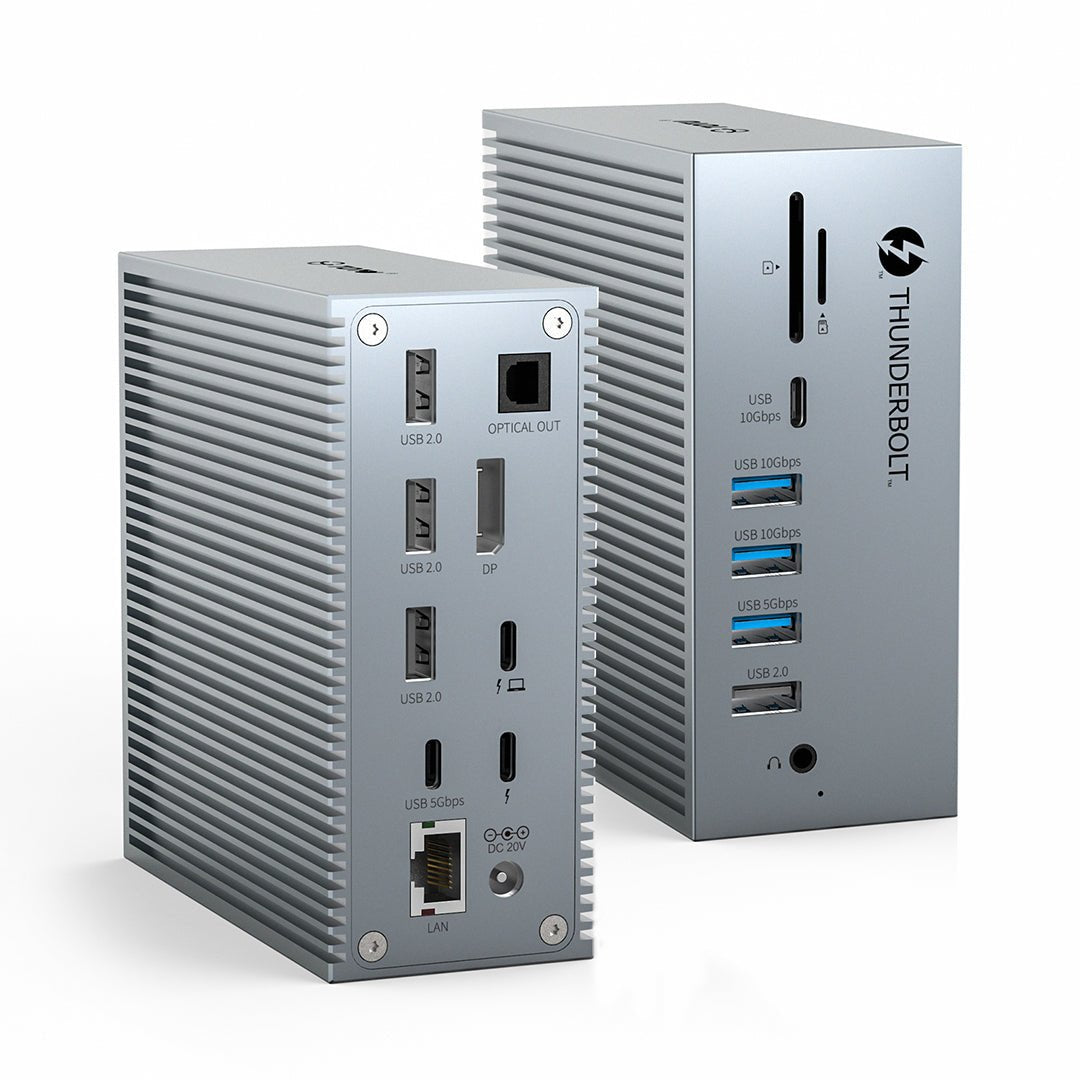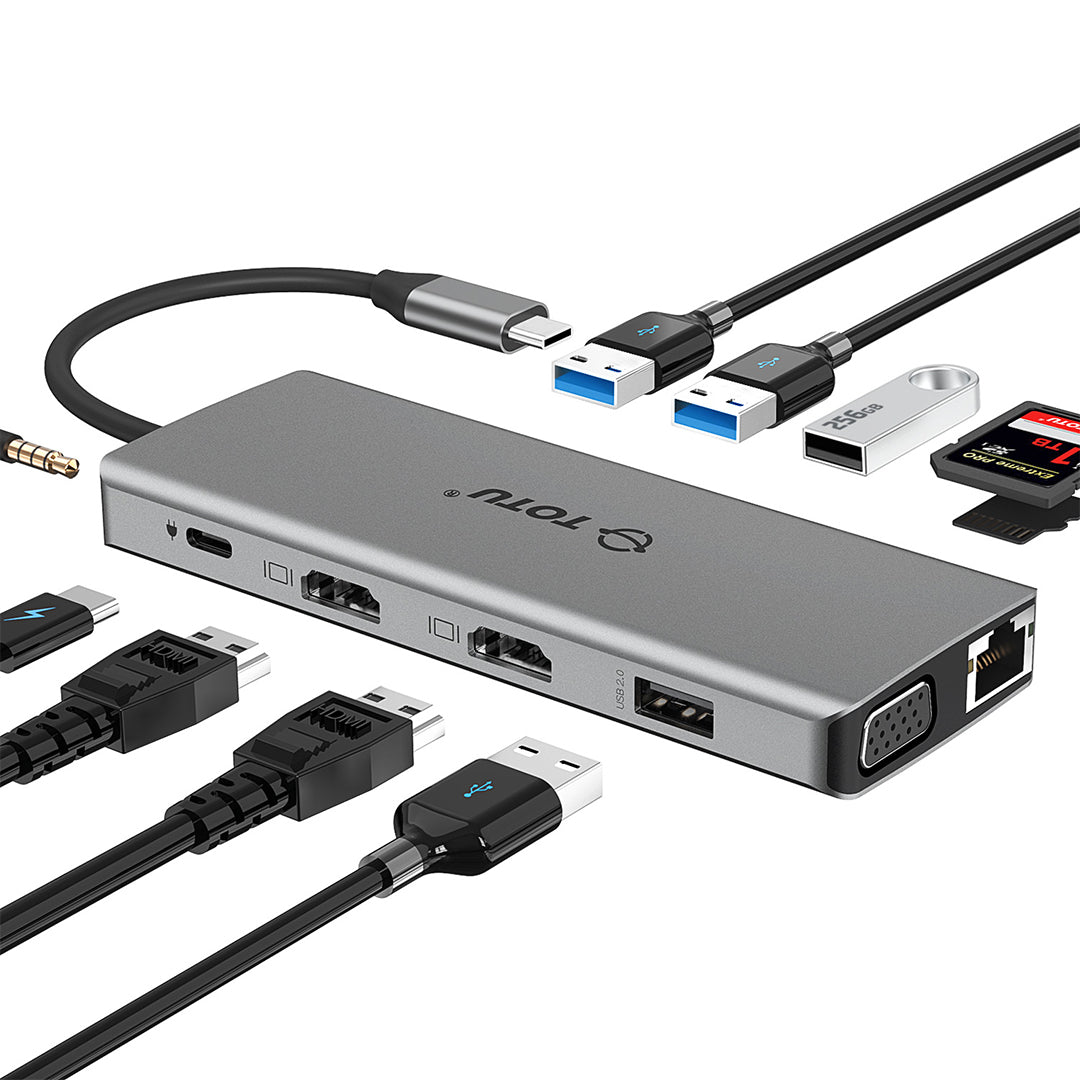The USB-C (or USB Type-C) finally brings the promise of a universal and reversible connector, to charge your smartphone, tablet or portable console, connect an external drive or even a 4K screen. Behind the ideal, there is still an ecosystem still quite confusing.
Let's go back (quickly) to the origins of the letter C. In the USB standard, the Type-A describes the connector of the host, and the Type-B the peripheral side. The USB Type-A, everyone knows: it is the flat connector that equips all computers for more than 20 years. The classic Type-B is still present on some devices like printers.
With the miniaturization of devices appeared new finer formats: the Mini USB in 2000, followed by Micro USB in 2007, which is probably the connector of your Android smartphone if he is over two years old. In the meantime, the USB standard has also evolved to support higher bit rates: 480 Mbps for USB 2.0, 5 Gbits / second for USB 3.0 and 10 Gbits / second for USB 3.1.
USB-C, what is it?
The USB Type-C is the compact port that accompanies the USB 3.1 standard and intends to correct the defects of its predecessors. Everyone knows the most frustrating feature of USB. As a famous joke says, there are three ways to insert a USB cable: the bad, the bad and the good. Inspired by Apple's Lightning, the USB Type-C is completely symmetrical and reversible. Ideally, it also eliminates the notion of host and peripheral connector.
A device with a USB-C port can even deliver up to 100 W at 20 V to charge another device, without being connected to the mains, and transmit audio and video via Display technology Harbor. In short, the connectivity dream? Maybe someday. Today, the ecosystem is still quite diverse. There are more and more smartphones that adopt USB-C, and Nintendo has made the connection of its Switch. But, for example, Google sells as well devices using USB Type-C (Pixel 3, Google Wi-Fi ...) than the Micro USB (Google Home Mini). The aging connectivity remains predominantly on the entry-level devices. For its part, Apple begins to generalize the USB-C on its Macs and even on the new iPad Pro, but the iPhone remains true to his Lightning.
Thunderbolt 3: a flash that adds confusion
And speaking of Apple, we must mention the case Thunderbolt 3 which complicates a little the deal. Created by Intel and adopted very early by the Cupertino company, Thunderbolt connectivity allows communicating data at a rate significantly higher than USB. Initially, there was no possible confusion: the first two generations of the Thunderbolt interface used a connector identical to the Mini Display Port.
The third generation, on the other hand, has switched to USB Type-C. On the one hand, it's a good thing: the more a standard is used, the better. On the other, it adds a bit of complexity. Look at the slice of your laptop. If it is new, you will see at least one Type-C connector. And so it can be a "simple" USB-C connector to the USB 3.1 standard or a Thunderbolt 3 connector. The bit rates can go up to quadruple (10 Gbit / second for USB 3.1 versus 40 Gbit / second for the Thunderbolt 3), and peripherals and cables prove to be incompatible. Apple offers, for example, a 12-inch MacBook USB 3.1 and MacBook Pro and MacBook Air in Thunderbolt 3.
How to distinguish the two? The Thunderbolt 3 port is supposed to be accompanied by a lightning bolt with an arrow, symbol of the standard. But it would not be funny if the first concerned by the Thunderbolt 3 had not decided, for aesthetic reasons, not to display it!
A port to replace them all ... One day!
In short, the situation of the USB-C is still far enough from the ideal of the "connector to connect all". The good news is that despite these complications, the Type-C connector is gaining ground. While we see disappearing more and more standard connectors such as the 3.5 mm mini-jack, we can at least rejoice that the evolution is running, even hesitant.
If you want get USB HUB TYPE C to connect all your devices to C port, get no.1 in C port hubs today. 


